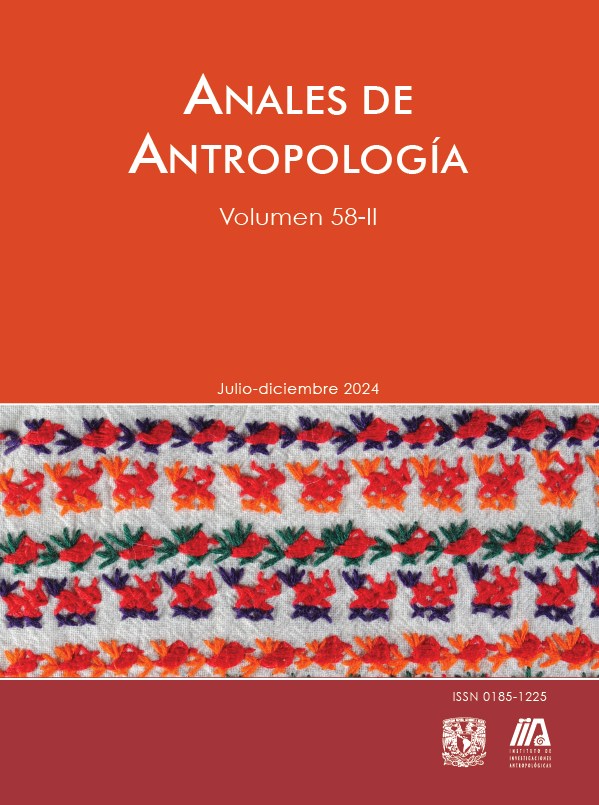Deep Sea Archaeology Exploring Hard to Access Sites Using State of the Art Robotics
Main Article Content
Abstract
The majority of the deep sea archaeological sites in the world are characterised by their outstanding preservation and lack of disturbance. As such, these are ideal archaeological repositories to better understand our common maritime past. Their preservation is mainly attributed to the lack of human disturbance and stable environmental conditions. Due to their distance from the coast, their depth or both, such sites are notoriously difficult to access using traditional maritime archaeology methods such as shallow water robotics, divers or hull mounted equipment. In spite of the ‘boom’ in the development of high quality off-the-shelf underwater equipment, deep sites are still extremely difficult to study accurately using such methods. The Offshore Archaeology Research Programme (OAR) of the University of Southampton, presents a long-term collaboration between offshore industrial partners (dedicated to the exploration and development of deep sea infrastructure and technology) and archaeological research. This paper describes some of the methods and techniques used by the programme. From recording and excavation of a 2,200m deep 5th Century BC Greek vessel in the Black Sea, followed by the discovery and documentation of one of the best preserved 16th Century shipwreck in the world and the discovery of a WWI German U-boat in near zero visibility conditions. All of this using underwater robotics and technology designed for the offshore industry, but modified to perform the highest quality research. This paper also shows the value of well-funded collaborations between industrial and academic partners whilst documenting difficult to reach archaeological sites in accordance to the 2011 UNESCO convention.
Downloads
Article Details
Citas en Dimensions Service

This work is licensed under a Creative Commons Attribution-NonCommercial-NoDerivatives 3.0 Unported License.
Esta revista usa una licencia CC del tipo CC BY-NC-ND 3.0. Se maneja bajo el esquema de acceso abierto, con una licencia Creative Commons Attribution-NonCommercial-NoDerivs 3.0 Unported.
